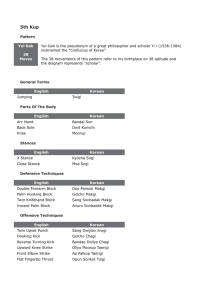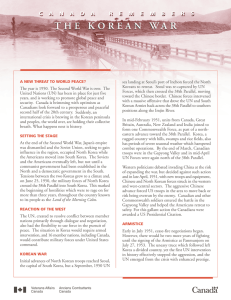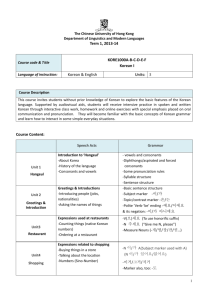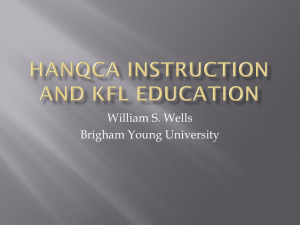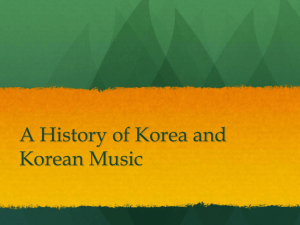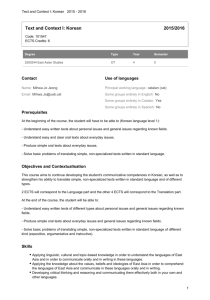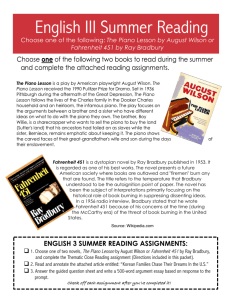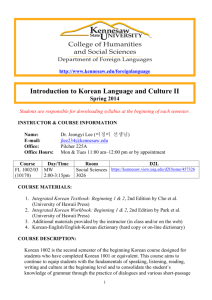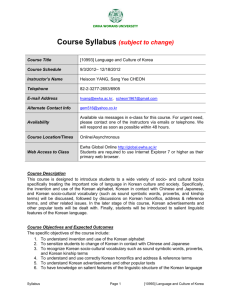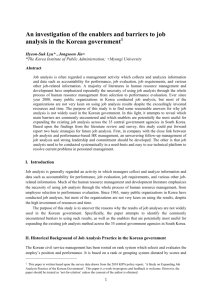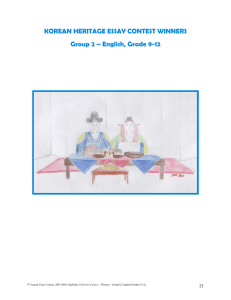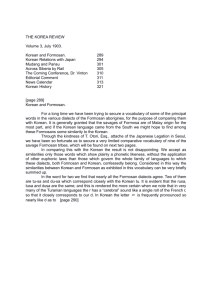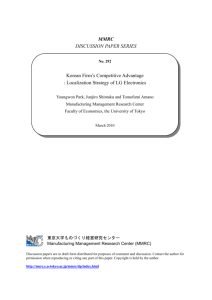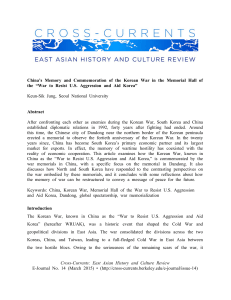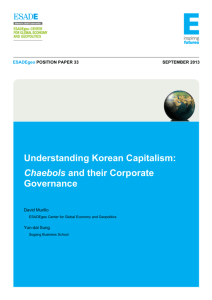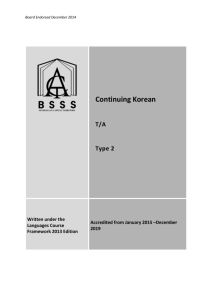Resisting America A Divided Nation
advertisement
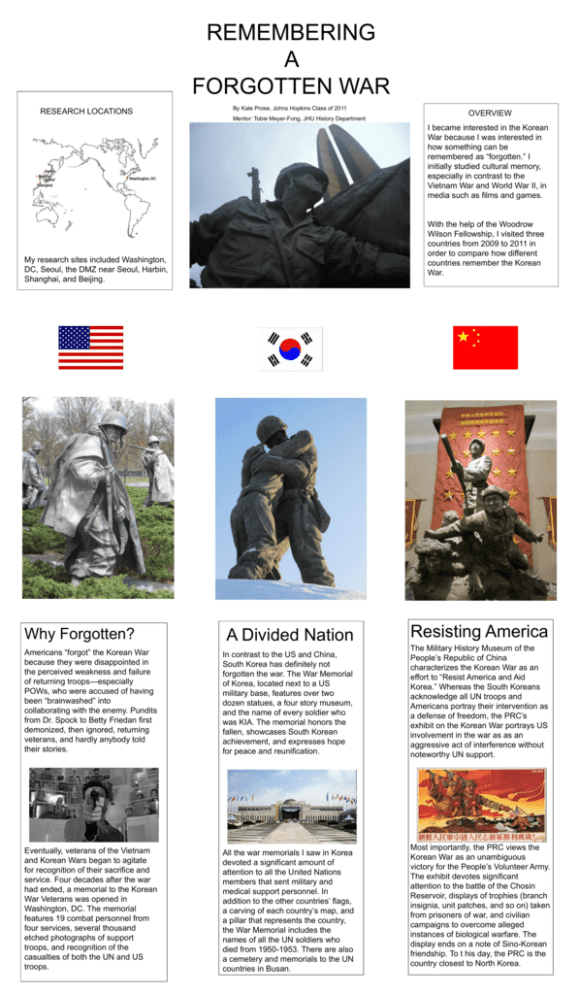
REMEMBERING A FORGOTTEN WAR RESEARCH LOCATIONS By Kate Prose, Johns Hopkins Class of 2011 Mentor: Tobie Meyer-Fong, JHU History Department OVERVIEW I became interested in the Korean War because I was interested in how something can be remembered as “forgotten.” I initially studied cultural memory, especially in contrast to the Vietnam War and World War II, in media such as films and games. With the help of the Woodrow Wilson Fellowship, I visited three countries from 2009 to 2011 in order to compare how different countries remember the Korean War. My research sites included Washington, DC, Seoul, the DMZ near Seoul, Harbin, Shanghai, and Beijing. Why Forgotten? Americans “forgot” the Korean War because they were disappointed in the perceived weakness and failure of returning troops—especially POWs, who were accused of having been “brainwashed” into collaborating with the enemy. Pundits from Dr. Spock to Betty Friedan first demonized, then ignored, returning veterans, and hardly anybody told their stories. Eventually, veterans of the Vietnam and Korean Wars began to agitate for recognition of their sacrifice and service. Four decades after the war had ended, a memorial to the Korean War Veterans was opened in Washington, DC. The memorial features 19 combat personnel from four services, several thousand etched photographs of support troops, and recognition of the casualties of both the UN and US troops. A Divided Nation Resisting America In contrast to the US and China, South Korea has definitely not forgotten the war. The War Memorial of Korea, located next to a US military base, features over two dozen statues, a four story museum, and the name of every soldier who was KIA. The memorial honors the fallen, showcases South Korean achievement, and expresses hope for peace and reunification. The Military History Museum of the People’s Republic of China characterizes the Korean War as an effort to “Resist America and Aid Korea.” Whereas the South Koreans acknowledge all UN troops and Americans portray their intervention as a defense of freedom, the PRC’s exhibit on the Korean War portrays US involvement in the war as as an aggressive act of interference without noteworthy UN support. All the war memorials I saw in Korea devoted a significant amount of attention to all the United Nations members that sent military and medical support personnel. In addition to the other countries’ flags, a carving of each country’s map, and a pillar that represents the country, the War Memorial includes the names of all the UN soldiers who died from 1950-1953. There are also a cemetery and memorials to the UN countries in Busan. Most importantly, the PRC views the Korean War as an unambiguous victory for the People’s Volunteer Army. The exhibit devotes significant attention to the battle of the Chosin Reservoir, displays of trophies (branch insignia, unit patches, and so on) taken from prisoners of war, and civilian campaigns to overcome alleged instances of biological warfare. The display ends on a note of Sino-Korean friendship. To t his day, the PRC is the country closest to North Korea.





